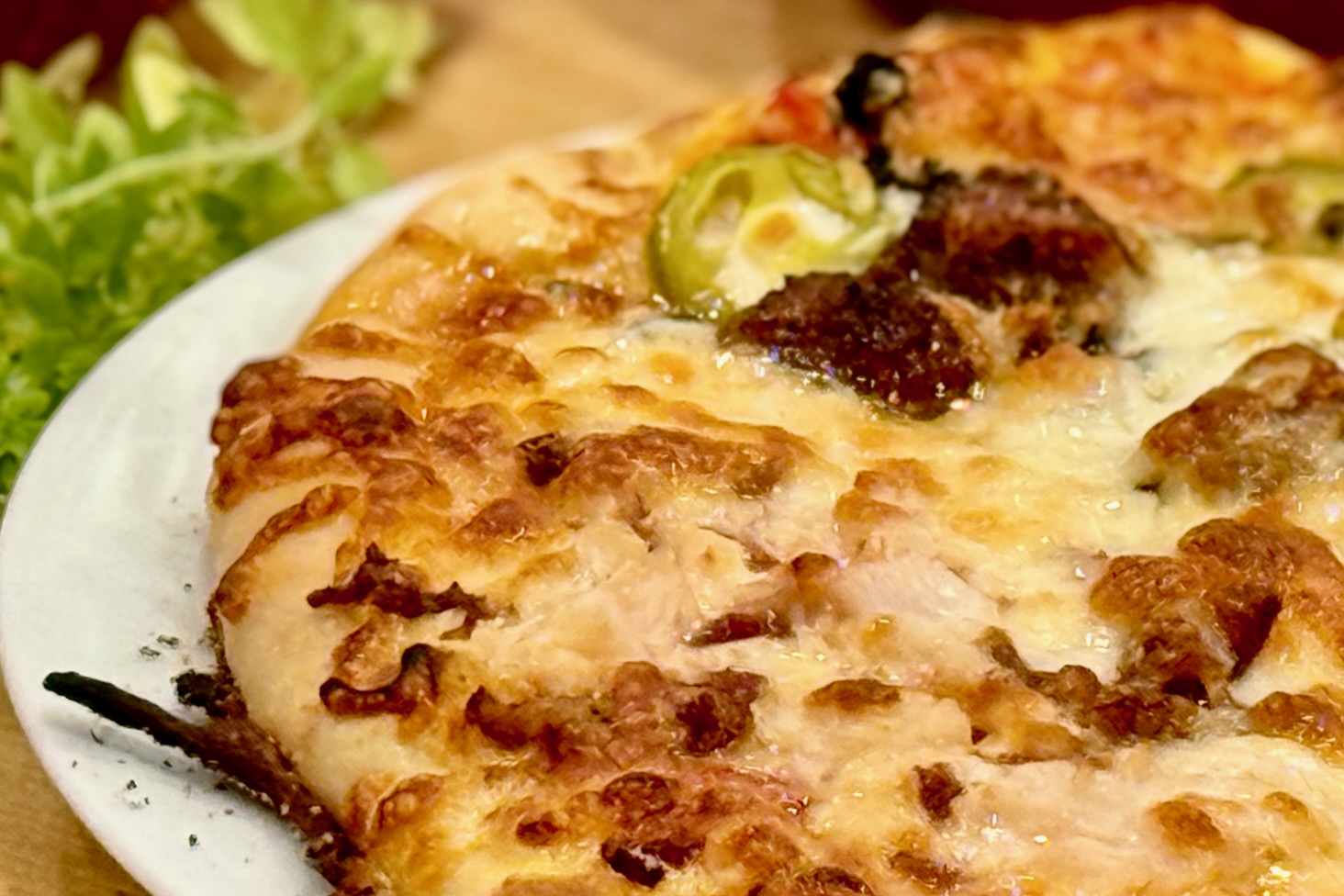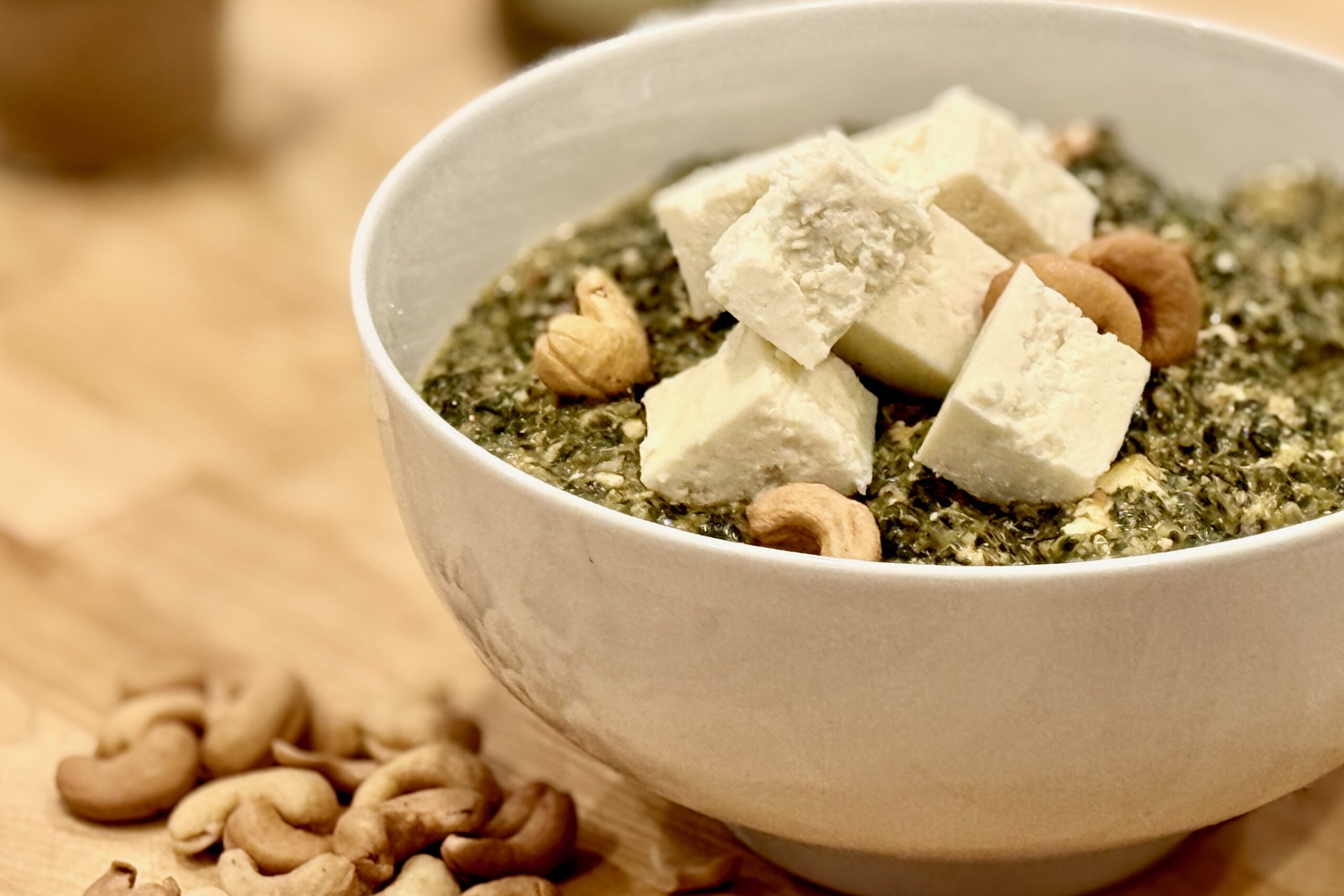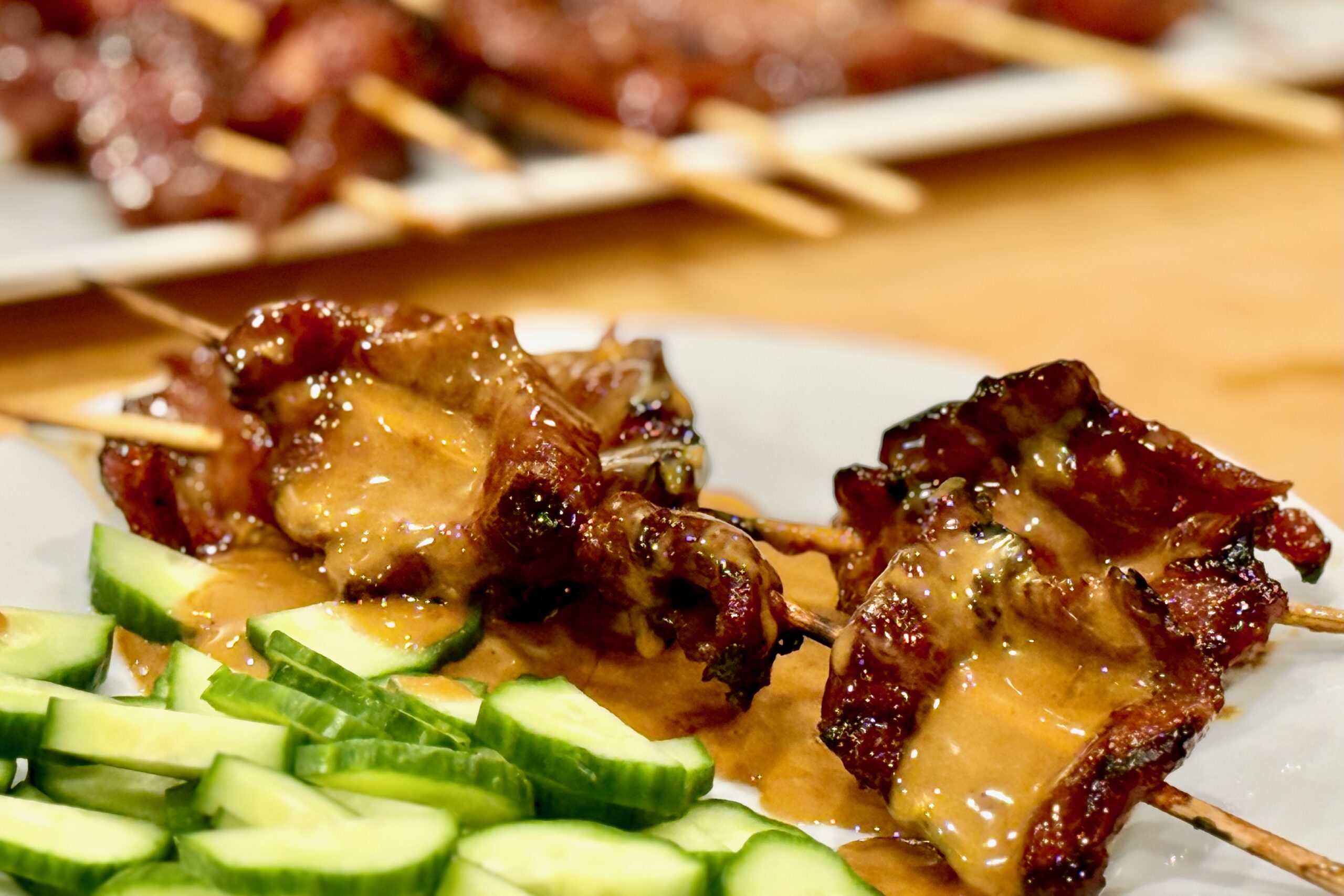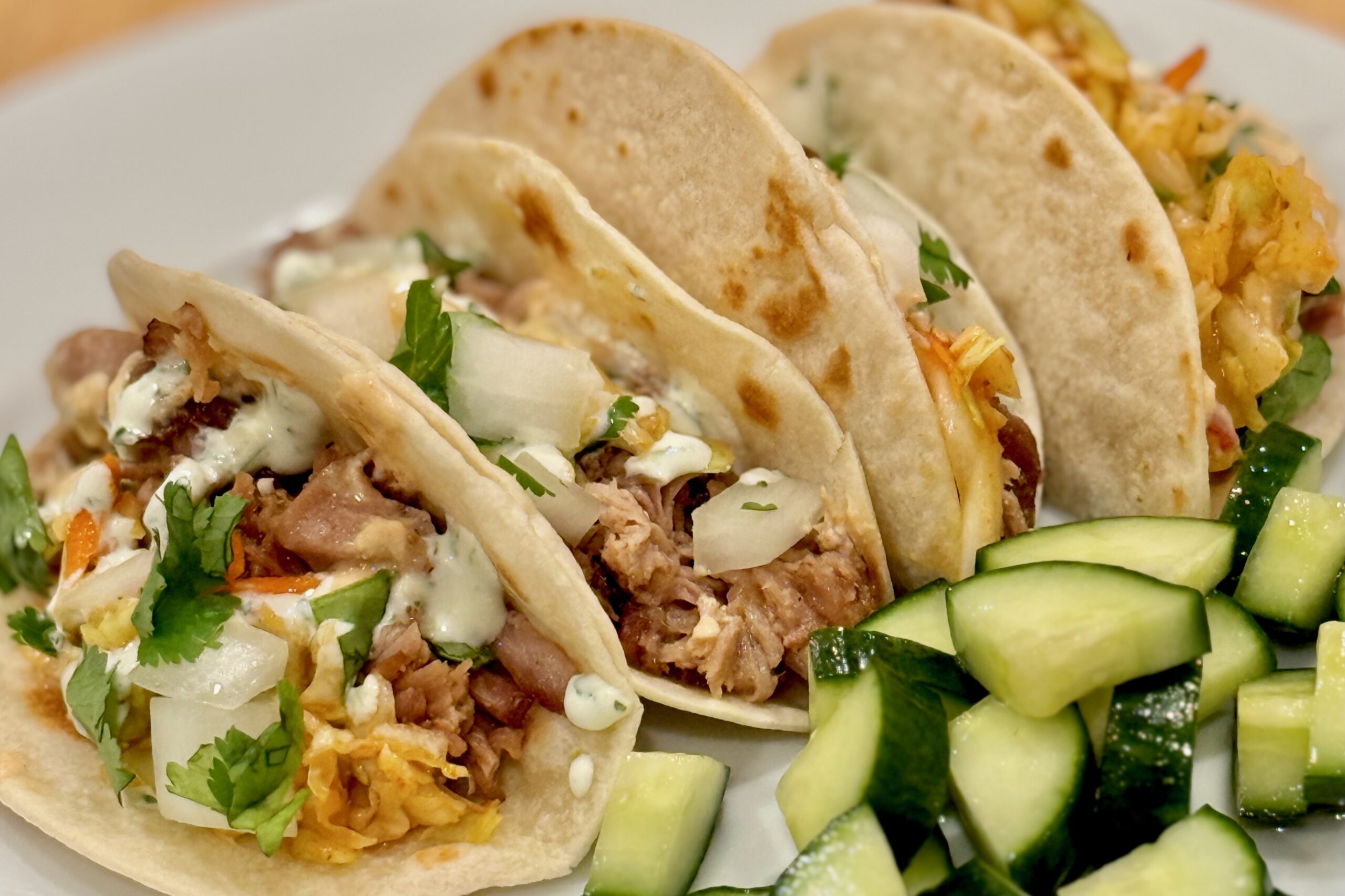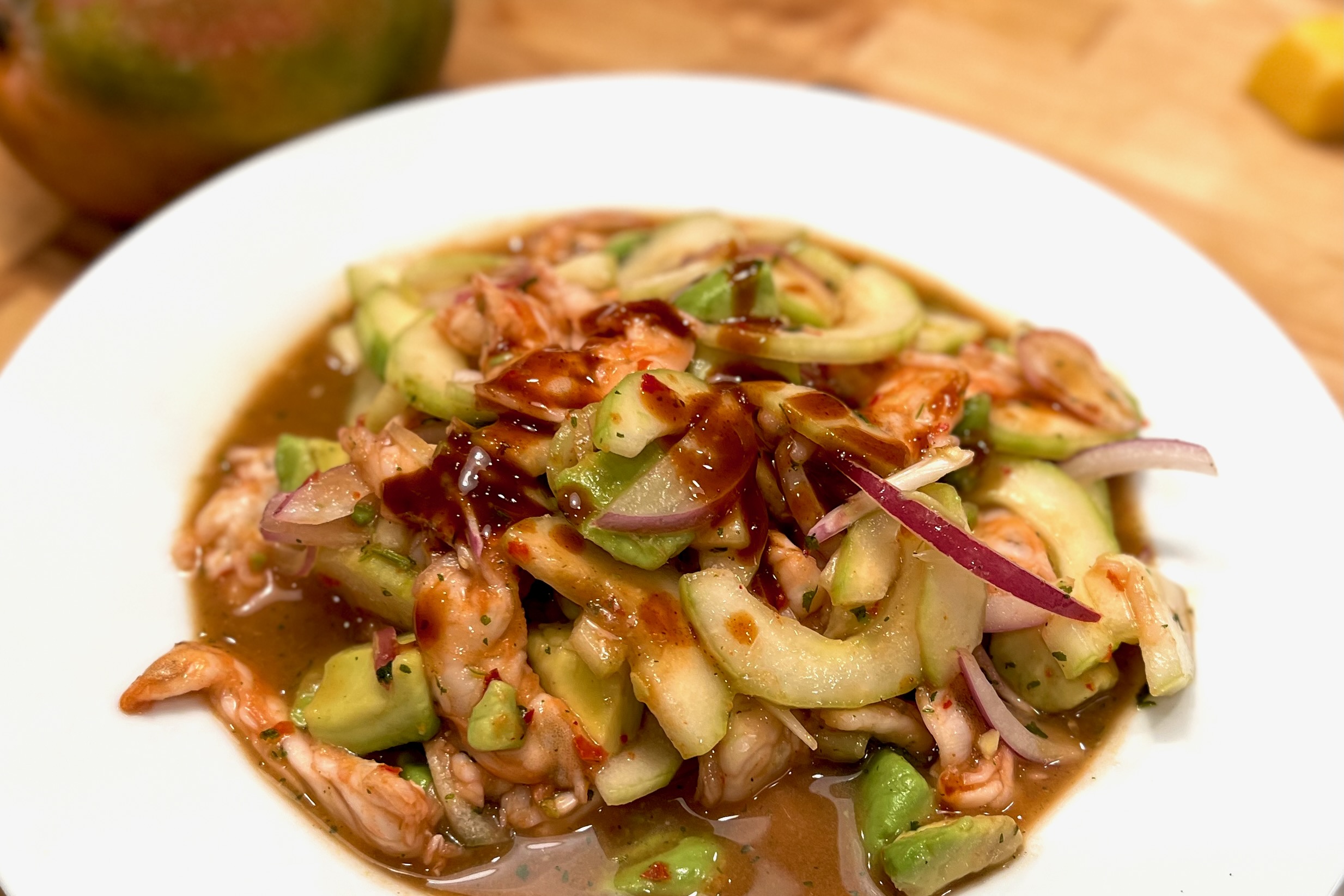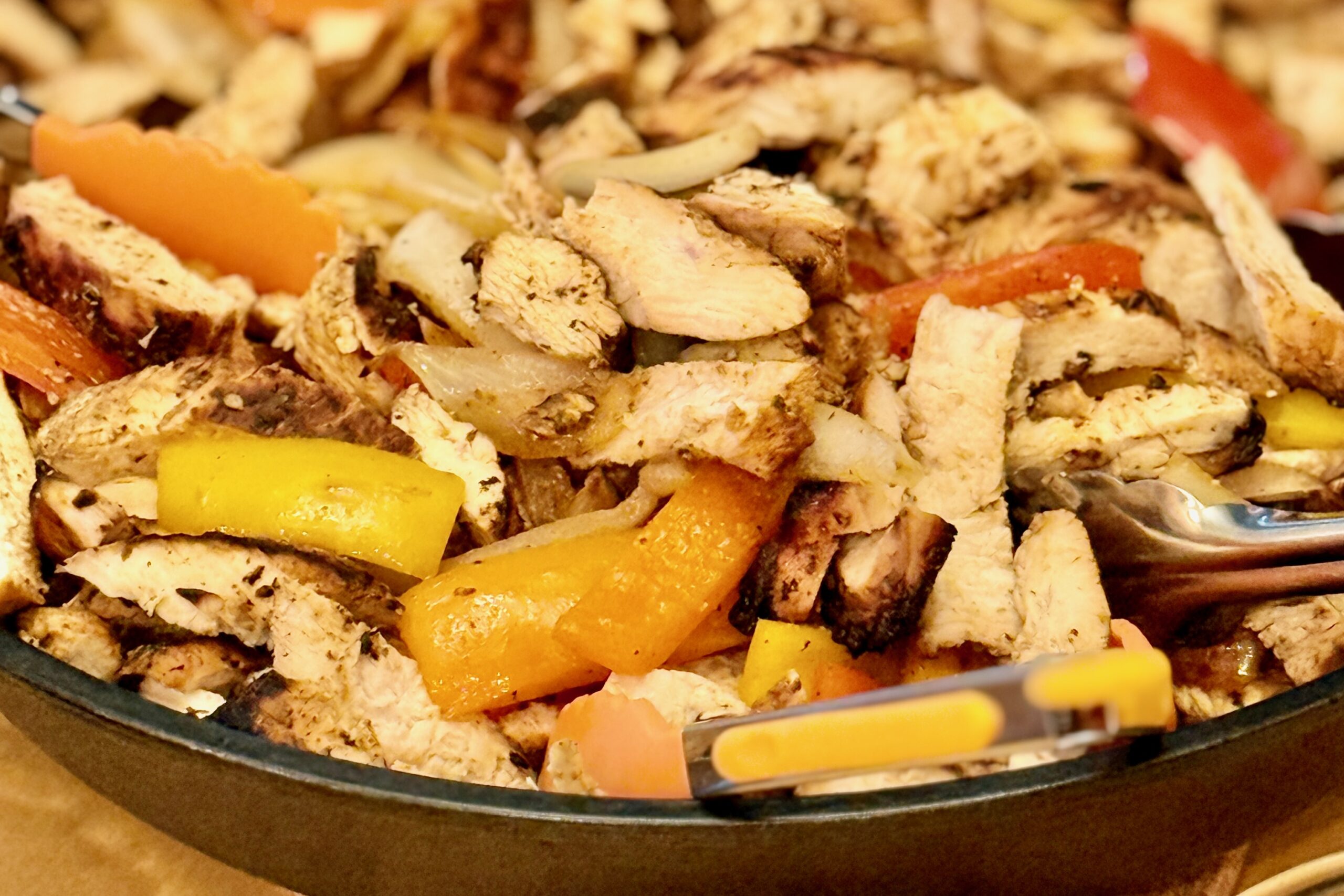Pizza has always been a go-to meal for our family. Who can resist the combination of chewy dough, flavorful sauce, tasty toppings, and gooey cheese? Our first taste of true Neapolitan-style pizza was on our family trip to Italy—staying across the square from the Pantheon, exploring the Colosseum and Vatican museums, and often ending the day with perfectly blistered pizza from a tiny Roman restaurant. This recipe recreates that chewy, flavorful crust at home, whether you choose the cold-ferment version for deep flavor, the quick version for same-day pizza, or the freezer version for easy make-ahead dough.
Ingredients
- 1360 g (~3 lb) 00 flour (100%)
- 952 g cold water (70%)
- 27 g table salt (2%)
- Cold Ferment: 0.41 g for 72 hours (0.03%) or 0.82 g for 48 hours (0.06%)
- Quick Version: 2.72 g for same-day use (0.2%)
- Freezer Version: 3.54 g for use the same day as thawed (0.26%)
Active Dry Yeast
Note: Use a digital scale accurate to 0.01 g for yeast precision, or approximate to the nearest small pinch if unavailable.
Directions
Select Fermentation Version
Cold Ferment (48–72 hours)
In a large bowl, combine flour, yeast, and cold water. Mix until no dry bits remain (shaggy dough). Cover and rest 20–30 minutes.
After resting, sprinkle salt over dough and gently pinch and squeeze to incorporate. Every 30 minutes for 2 hours, perform a set of stretch and folds (see Notes).
After the final folds, place dough in a clean bowl, cover, and rest at room temperature (75–80°F / 23–27°C) for 1–2 hours. Divide into 8 oz (225 g) balls, lightly oil, and place in individual containers or on a floured tray covered tightly. Refrigerate 48–72 hours. Remove from refrigerator 2–3 hours before baking to come to room temperature.
Quick Version (Same-Day)
In a large bowl, combine flour and cold water. Mix until no dry bits remain; cover and rest 20–30 minutes.
In a small cup, dissolve yeast in 2 tbsp warm water (105°F / 40°C) and let stand 5–10 minutes until foamy.
Sprinkle salt over dough, then add yeast mixture. Gently pinch and squeeze to incorporate. Every 30 minutes for 2 hours, perform a set of stretch and folds (see Notes).
After the final folds, cover and rest at warm room temperature (75–80°F / 23–27°C) for 2–3 hours, until nearly doubled. Divide into 8 oz (225 g) balls, lightly oil, and place in proofing containers or on a floured tray. Cover and proof 1–2 hours, until puffy and relaxed.
Freezer Version (Make-Ahead)
In a large bowl, combine flour and cold water. Mix until no dry bits remain; cover and rest 20–30 minutes.
In a small cup, dissolve yeast in 2 tbsp warm water (105°F / 40°C) and let stand 5–10 minutes until foamy.
Sprinkle salt over dough, then add yeast mixture. Gently pinch and squeeze to incorporate. Every 30 minutes for 2 hours, perform a set of stretch and folds (see Notes).
After the final folds, cover and rest at warm room temperature (75–80°F / 23–27°C) for 2–3 hours, until nearly doubled. Divide into 8 oz (225 g) balls. Lightly oil, wrap tightly in plastic wrap, and place in freezer-safe bags or airtight containers. Freeze up to 3 months.
To thaw, transfer to refrigerator for 24 hours. Then allow 1–3 hours at room temperature before stretching and baking.
Bake the Pizzas
Place a pizza steel on the top rack of the oven and preheat to 500–550°F (260–290°C) for at least 45 minutes. Just before baking, switch to broil for 5–10 minutes to superheat the surface.
Stretch a dough ball gently by hand (don’t roll), top lightly with sauce, cheese, and desired toppings, and slide onto the steel. Bake 4–5 minutes, rotating halfway through. For extra char, broil the final 30–60 seconds.
For an even closer match to wood-fired results, bake in an outdoor pizza oven at 750–850°F (400–455°C) for 60–90 seconds.
Notes
Preparation
- Hydration note: The 70% hydration gives the dough an open crumb and extensible texture typical of Neapolitan-style pizza. Adjust slightly based on flour absorbency.
- Stretch & Folds: With wet hands, grab one edge, stretch it up, and fold it over. Rotate 90°, repeat until all four sides are folded. After 3–4 rounds, the dough will feel smoother and more elastic.
- Use minimal toppings and well-drained mozzarella to prevent sogginess during high-heat baking.
- This dough also works for homemade pita: reduce hydration to 65%, roll ⅛–¼ inch thick, and bake 1½–2 minutes at 475–500°F (245–260°C).
Serving Suggestions
- Top with traditional Neapolitan tomato sauce, fresh mozzarella, and basil for a Pizza Margherita.
- Drizzle with extra virgin olive oil after baking to enhance flavor and aroma.
- Pair with a simple arugula salad or Italian antipasti for a complete meal.
Variations
- Pizza Margherita—Neapolitan tomato sauce, mozzarella, parmesan, basil; after baking add a drizzle of extra virgin olive oil.
- Pizza Marinara—Neapolitan tomato sauce, garlic, oregano, salt; after baking add a drizzle of extra virgin olive oil.
- Pizza Capricciosa—Neapolitan tomato sauce, mozzarella, ham, artichokes, mushrooms, olives; after baking add a drizzle of extra virgin olive oil.
- Pizza Boscaiola—Neapolitan tomato sauce, mozzarella, mushrooms, Italian sausage, and parmesan; after baking add a drizzle of extra virgin olive oil.
- Pizza Quattro Formaggi—Neapolitan tomato sauce (optional), mozzarella, ricotta, gorgonzola, parmesan, garlic, oregano (or, more traditionally, mozzarella, gorgonzola, parmigiano-reggiano, fontina; and after baking add a drizzle of extra virgin olive oil).
- Pizza alla Napoletana—Neapolitan tomato sauce (optional), mozzarella, anchovies, capers, oregano; and after baking add a drizzle of extra virgin olive oil.
- Pizza Prosciutto e Funghi—Neapolitan tomato sauce, mozzarella, prosciutto, mushrooms; and after baking add a drizzle of extra virgin olive oil.
- Spicy Sausage—Neapolitan tomato sauce, mozzarella, spicy Italian sausage, pickled jalapeños.
- Sweet & Spicy—Neapolitan tomato sauce, mozzarella, spicy Italian sausage, pickled jalapeños; after baking add a drizzle of honey.
- Spinach & Sun-dried Tomato—Neapolitan tomato sauce, mozzarella, provolone, ricotta, Parmesan, spinach, sun-dried tomatoes; after baking add fresh basil and a drizzle of extra virgin olive oil.
- Loaded Hawiian—Neapolitan tomato sauce, mozzarella, ham, rotisseri chicken, bacon, pineapple, red onion, pickled jalapeños.
- Shoarma Pizza—Neapolitan tomato sauce, mozzarella, chicken shoarma; after baking add a drizzle of knoflooksaus (Dutch garlic sauce) and poestasaus.
- Barbecue Chicken—Dr Pepper barbecue sauce, mozzarella, rotisseri chicken, bacon, pickled jalapeños.
- Fig & Pig—Neapolitan tomato sauce, mozzarella, fresh sliced figs, fig jam, prosciutto, honey.
- Fig, Pig, & Goat—garlic oil pizza base, goat cheese, fresh sliced figs, caramelized onions, prosciutto; after baking add arugula and a drizzle of honey.
- Chicken Pesto—pesto sauce, mozzarella, rotisseri chicken, ricotta, thinly sliced tomatoes.
- Mushroom & Olive—Neapolitan tomato sauce, mozzarella, ham, mushroom, olives, pickled jalapeños.
- Pear & Gorgonzola—garlic oil pizza base, thinly sliced pear, gorgonzola, mozzarella, walnuts or pecans; after baking add arugula and balsamic glaze.
- Prosciutto & Burrata—Neapolitan tomato sauce, mozzarella; after baking add torn burrata, prosciutto, arugula, and olive oil.
- The Meats—Neapolitan tomato sauce, mozzarella, pepperoni, Italian sausage, ham, bacon.
- Chicken, Spinach, & Feta—garlic oil pizza base, rotisserie chicken, spinach, feta, Parmesan, mozzarella.
- Indo Saté—peanut sauce thinned with coconut milk, saté ayam, mozzarella, blanched vegetables (thinly sliced carrots, small pieces of green beans, thin shavings of cabbage); after baking add bean sprouts tossed in lime juice and roasted sesame oil, thin cucumber slices, sambal, fresh cilantro, and a drizzle of ketjap manis.
- Chicken Fajita—Neapolitan tomato sauce with a sprinkle of cumin & paprika, mozzarella, Jack cheese, fajia chicken, red onion, roasted bell pepper strips, and pickled jalapeños; after baking add a drizzle of salsa verde and crema, with a squeeze of lime juice.
- Saag Paneer—Pureed spinach “saag” base (spinach, blanched & puréed, sautéed onion, garlic, ginger, garam masala, cumin, coriander, a little chili, finished with cream or yogurt for silkiness) spread in a thin, even layer topped with paneer cubes, red onion, serrano chile slices; after baking add fresh cilantro, a light dusting of crumbled kasoori methi, and a drizzle of yogurt.
- Carnitas—garlic oil pizza base, carnitas, mozzarella, red onion, roasted poblano chile strips, pickled jalapeños; after baking add fresh cilantro, diced white onion, crumbled cotija cheese or queso fresco, and a drizzle of salsa verde and crema.

